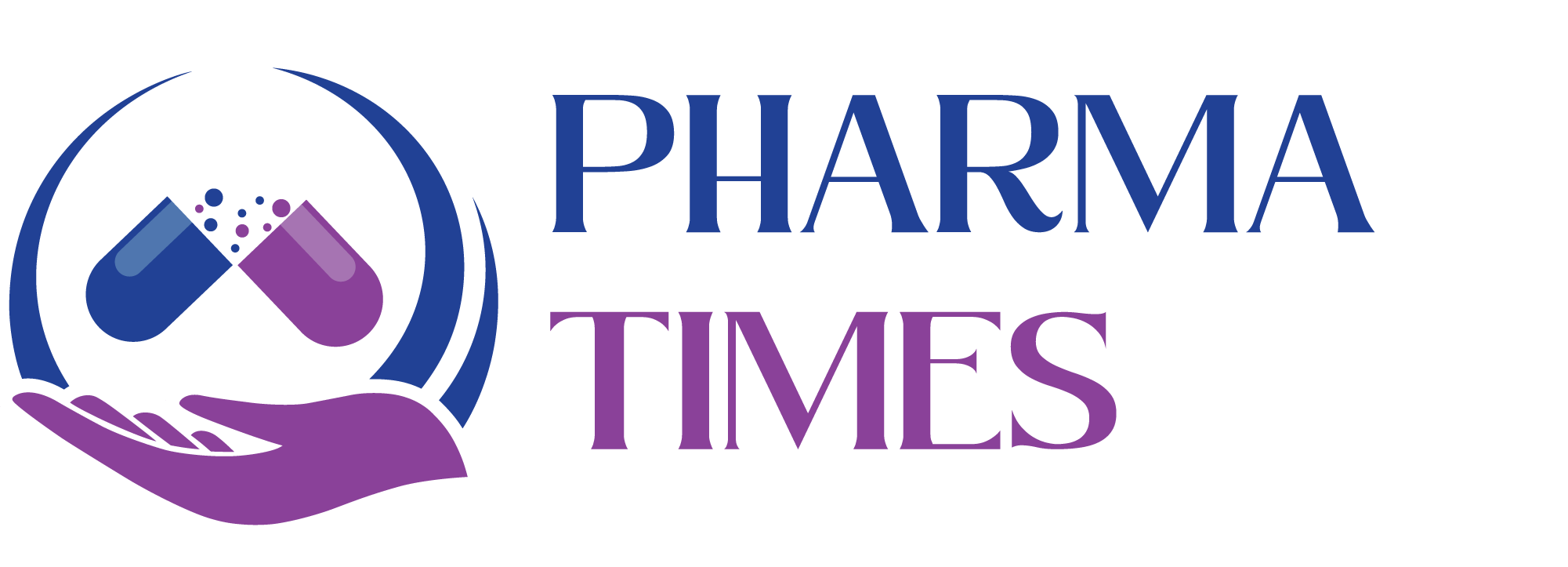SOP for Preparation of Stock Solution for Limit Test.

Standard Operating Procedure
Here is a detailed Standard Operating Procedure (SOP) for Preparation of Stock Solution for Limit Test, typically used in pharmaceutical and chemical quality control laboratories to ensure accurate and consistent analysis.
1. Purpose
To lay down the procedure for preparation of stock solutions used in Limit Tests for identification and quantification of impurities or specific ions (e.g., chloride, sulfate, iron, heavy metals, etc.) in raw materials and finished products.
2. Scope
This SOP applies to all analysts in the Quality Control Department involved in the preparation and use of stock solutions for limit tests as per pharmacopeial methods (e.g., IP, BP, USP).
3. Responsibilities
-
QC Analyst: Prepare the stock solution as per SOP and record all data.
-
QC Supervisor: Verify the preparation and ensure compliance with SOP and test method.
-
QA Department: Review and approve the SOP and associated records.
4. Definitions
-
Limit Test: A qualitative or semi-quantitative test to identify and control small amounts of impurities.
-
Stock Solution: A concentrated solution used to prepare working or test solutions by dilution.
5. Materials and Equipment Required
-
Analytical balance (calibrated)
-
Volumetric flasks
-
Pipettes and burettes
-
Beakers and measuring cylinders
-
Reagents of analytical grade
-
Distilled or deionized water
-
Personal Protective Equipment (PPE)
6. General Instructions
-
Use only analytical grade reagents and calibrated glassware.
-
Perform preparation in a clean and designated laboratory area.
-
Label all containers clearly with solution name, concentration, date of preparation, and analyst’s initials.
-
Record all data in the stock solution preparation logbook.
-
Prepare solutions fresh or as per validated stability.
7. Procedure
7.1 Preparation of Stock Solution (General Procedure)
-
Check the test method (e.g., pharmacopeial monograph) for specific reagent name, concentration, and solvent.
-
Weigh the required quantity of the reagent accurately on a calibrated balance.
-
Dissolve in appropriate solvent (usually distilled or deionized water) in a beaker.
-
Transfer the solution to a volumetric flask and make up to the mark.
-
Mix well by inverting or gentle shaking.
-
Label the flask with:
-
Name of solution
-
Concentration
-
Date of preparation
-
Expiry date (as applicable)
-
Prepared by (name/initials)
-
Example: Preparation of Standard Lead Solution (for Limit Test of Heavy Metals, as per IP)
-
Reagents: Lead nitrate (Pb(NO₃)₂), dilute nitric acid
-
Procedure:
-
Weigh 0.1598 g of lead nitrate (Pb(NO₃)₂).
-
Dissolve in dilute nitric acid and make up to 1000 mL with distilled water.
-
This gives a solution containing 100 µg of Pb per mL.
-
Further dilutions can be made to obtain working standard concentrations (e.g., 10 ppm, 5 ppm, etc.)
-
-
Note: Follow specific pharmacopeial instructions (IP/BP/USP) for each test.
8. Storage Conditions
-
Store prepared stock solutions in tightly closed containers.
-
Store away from direct light and heat as required (e.g., amber bottles for light-sensitive solutions).
-
Mention storage conditions and validity on the label.
9. Precautions
-
Avoid contamination; use clean and dry glassware.
-
Handle chemicals using appropriate PPE (gloves, goggles, coat).
-
Dispose of unused or expired solutions according to lab safety protocols.
-
Never use expired or unclear solutions.
10. Documentation
Maintain a Stock Solution Preparation Logbook with the following details:
-
Name of Solution
-
Date of Preparation
-
Reagents Used
-
Batch/Lot Number of Reagents
-
Prepared by
-
Checked by
-
Expiry Date
11. References
-
Indian Pharmacopoeia (IP)
-
United States Pharmacopeia (USP)
-
British Pharmacopoeia (BP)
-
Internal Testing Procedures
🎓 Discover one of the best Quality Assurance courses available — click below to explore the course that’s shaping future QA skills.

